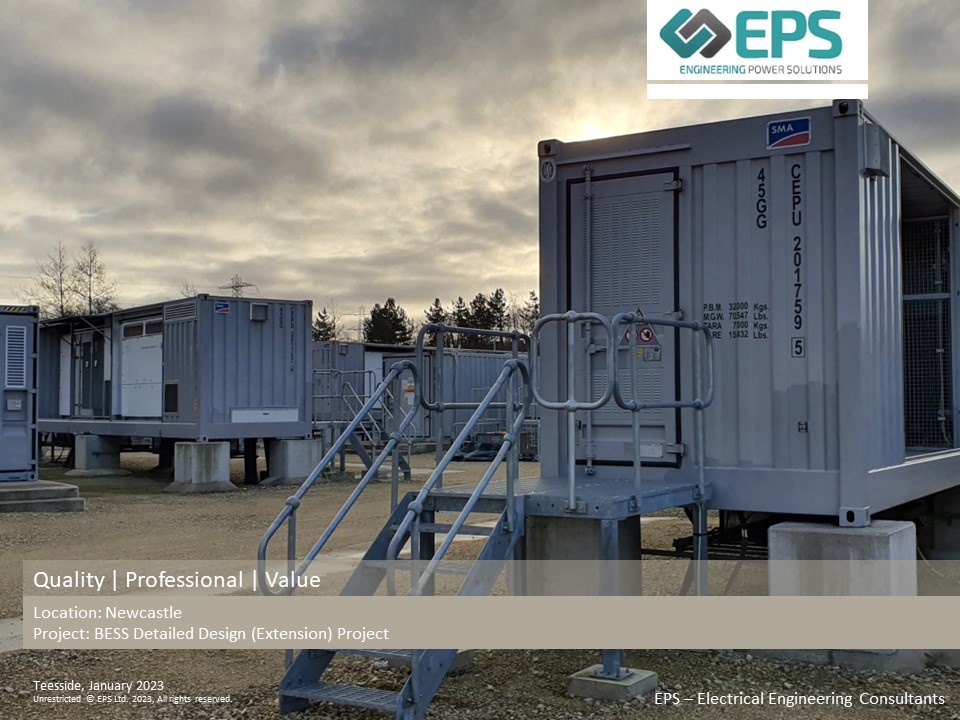Last year, the United Kingdom added a record 800MWh of new utility energy storage capacity, as the sector moves closer to adding GWh through 2030 and beyond.
In fact, the United Kingdom’s energy storage pipeline increased by 34.5GW in 2022. In total, 2.4GW/2.6GWh of battery storage sites were connected by the end of the year.
This article discusses the significant growth of the energy storage pipeline over the past year and what to anticipate in the years to come.

Rates of Energy Storage Deployment
During 2022, the operational capacity of energy storage sites in the United Kingdom increased by nearly 800MWh, representing the highest annual deployment rate to date. The first 50MW/100MWh (50MW with a two-hour duration) project, Stonehill Energy Storage, developed by Penso Power, was installed in the first quarter of 2022.
Statera Energy developed and owns the first major utility-scale battery storage project, a 50MW/25MWh project in Pelham that was energised in 2017.
Future deployment levels are likely to increase annually; over 2.6GW/4.3GWh of energy storage projects are currently under construction and will be completed within the next 18 months.
In previous years, project sizes were more diverse, but site capacities are increasing, and the majority of projects constructed in 2021 and 2022 were at least 20MW in size. The vast majority of these installations were 50MW standalone projects.
In 2017, there was only one 50MW project; in 2021 and 2022, each year saw the installation of nine 50MW projects. The average project size in 2017 was 4.4MWh, whereas the average project size in 2022 will be 36MWh, due in part to the duration of batteries increasing.
When examining the asset owners of these operational sites (particularly in recent years), a significant number are owned by large asset owners such as Gresham House and Pivot Power. These companies have enormous pipelines of energy storage projects that are now beginning construction, indicating that installed capacity will increase rapidly in the short to medium term.
The majority of projects to be deployed in 2022 were submitted for planning between 2017 and 2019, and there is still a substantial amount of pipeline submitted during this time period that is awaiting construction; this indicates that installed energy storage capacity will continue to increase in the near future.
To Summarise:
- There are currently 2.4GW/2.6GWh of operational energy storage across 161 sites in the United Kingdom.
- The approval of 20,2 GW in planning, including 33 sites of 100 MW or more, indicates that these projects are unlikely to be impacted by any future (possible) changes in planning. The completion of these projects is anticipated within the next three to four years.
- In addition to having a grid connection, 4.9GW of the approved projects are either in the construction phase or nearing construction.
- 11GW of projects have been submitted for planning, and a decision is anticipated within the coming months.
- Some 28.1GW are still in the pre-application phase, having submitted requests for scoping or screening. However, some of these projects, including some large-scale projects in the TEC register, have yet to submit these.
The projects listed as “not active,” totalling 2.3GW, have been denied planning approval, abandoned, or decommissioned, but are still viable for future site activity.
The Expansion of the Energy Storage Pipeline
After observing the success of some projects in the 2016 Enhanced Frequency Response (EFR) auction, many developers were inspired to submit more applications for battery storage, resulting in a surge in 2017 applications. The rate of submitted capacity subsequently slowed for a few years, but since 2021, submitted capacity has increased dramatically.
The pipeline increased by 11GW to more than 27GW in 2021, due in part to the increase in the 50MW threshold and the fact that companies are gaining experience with the available services, allowing for more attractive revenue streams.
The annual planned capacity for 2022 is a record-breaking 20.7GW across 295 sites, including some 500MW and 1GW projects. The majority of these projects are anticipated to utilise batteries with a minimum duration of two hours (compared to 2017 where projects had a duration of 0.5 or 1 hour).
Typically, the size of a battery storage project depends on the type of project being developed. 50MW has been the most typical size for energy storage sites to date (although sites are now being planned larger). However, battery storage capacity tends to be diminished when solar and other renewables are co-located.
Large-scale projects are increasingly dominating the planned capacity. In the first wave of 2017 application submissions, 4.8GW were submitted across 238 different sites. However, following the removal of the 50 MW threshold in 2020, the following surge of applications in 2021 totalled 11,3 GW across 229 sites. The number of applications is comparable, but the capacity disparity is enormous.
More than half of the capacity submitted during the third quarter of 2022 (4.4GW out of 7GW) is from sites larger than 100MW, and nearly all of the capacity submitted during this period (6.5GW out of 7GW) is from sites larger than 50MW.
It is fair to say that the significant growth during 2022 indicates a bright future for the UK energy storage market, and large amounts of energy storage capacity are likely to be connected in the coming years.










